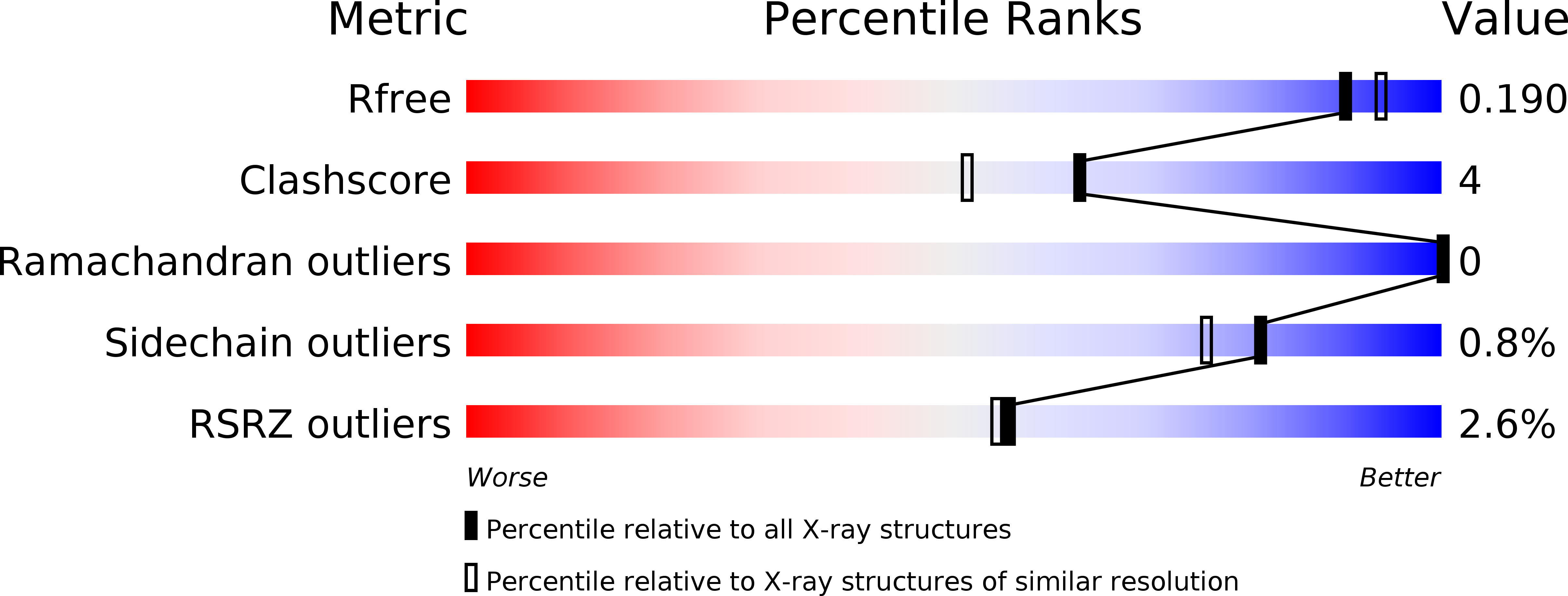
Deposition Date
2010-07-23
Release Date
2010-10-27
Last Version Date
2023-12-20
Entry Detail
PDB ID:
2XM5
Keywords:
Title:
Structural and Mechanistic Analysis of the Magnesium-Independent Aromatic Prenyltransferase CloQ from the Clorobiocin Biosynthetic Pathway
Biological Source:
Source Organism:
STREPTOMYCES ROSEOCHROMOGENES SUBSP. OSCITANS (Taxon ID: 149682)
Host Organism:
Method Details:
Experimental Method:
Resolution:
1.85 Å
R-Value Free:
0.18
R-Value Work:
0.16
R-Value Observed:
0.16
Space Group:
I 41 2 2


